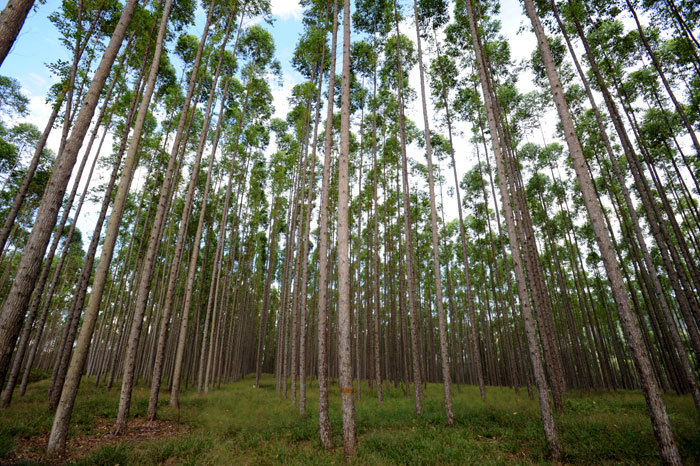
The Korea Forest Service creates a forest of eucalyptus trees on Kalimantan Island in Indonesia.
Indonesia, Vietnam, Australia, New Zealand, Cambodia, Uruguay and Cambodia.
In all of these nations, Korean enterprises have been working with local green groups on reforestation projects. The Korea Forest Service has been sharing its expertise and experiences in forestation with 14 countries. Also, the organization has been supporting 34 Korean companies that have been carrying out forestation businesses overseas.
Korea began working on overseas reforestation projects in 1993 when it first re-grew a forest in a 508-hectare piece of land in Colie, Western Australia. As of 2015, it has grown new forests covering more than 399,000 hectares across land worldwide.
Indonesia and Vietnam are the countries where Korea has been most actively conducting reforestation projects. Korea has been carrying out reforestation works with Indonesia since 2006 when the two governments signed an agreement on investing in the forestry industry. In 2009, the Korea Forest Service and the Indonesian state forest body conducted joint reforestation projects. Since then, Korea has been growing new forests by planting trees, such as acacia, rubber trees and eucalyptus. Thanks to such efforts, as of last year Korea has helped foster forests that cover an accumulated 17,000 hectares across Western Java and southern Kalimantan.
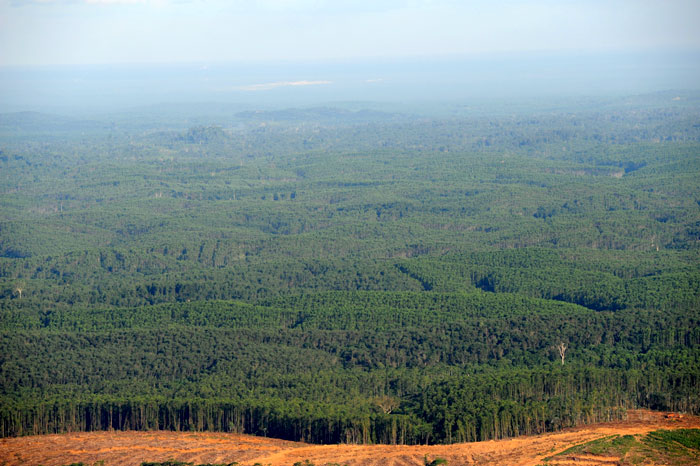
On Kalimantan Island, the Korean firm Korindo works on a forest that covers some 67,300 hectares. It plans to further grow new forests covering about 12,000 hectares each year by 2041.
One such project is an newly grown forest created on Kalimantan Island. A Korean firm based in Jakarta, Korindo, has been re-growing this forest since it first received approval from the Indonesian government in 1998. The firm also carries out field inspections by checking the ecological and soil conditions in advance. As of 2015, Korindo has grown forests that cover some 67,300 hectares. It has further plans to create an additional 12,000 hectares of forest every year by 2041.
Korea began forestation projects in Vietnam in 1995, earlier than in Indonesia. Currently, Korea has worked on forests that cover an accumulated 17,000 hectares. Trees harvested from the region are processed into wood chips for to produce pulp at local plants.
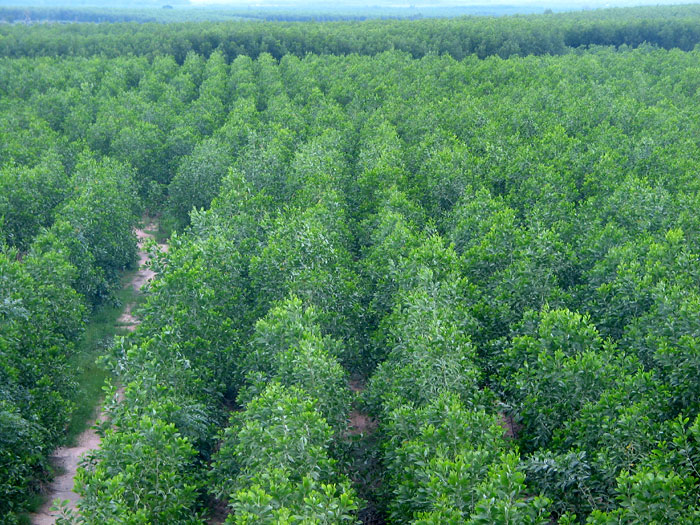
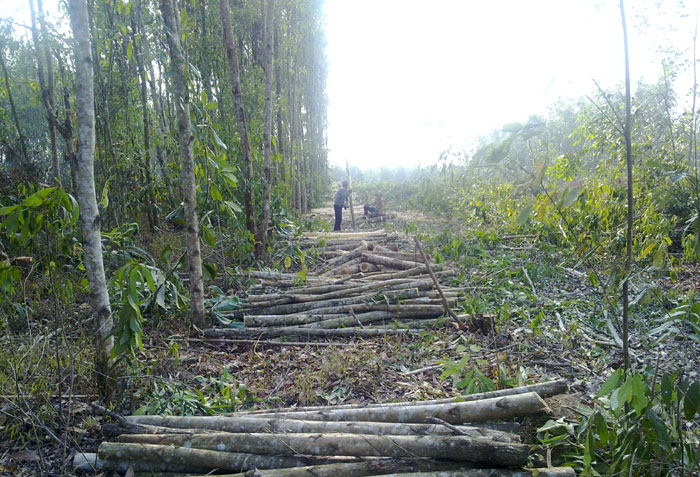
Korean firms help to create new forests by planting acacia trees in Vietnam (top). Workers harvest the trees for local processing (bottom).
Forestation and reforestation projects not only bring economic benefits to the region by producing wood and creating jobs. They also help to reduce greenhouse gas emissions by wining carbon emission rights. They protect the environment and help to prevent natural disasters, such as floods.
One of the well-known examples of this is the re-grown mangrove swamp on Sumatra. The Korea Forest Service created a 550-hectare mangrove forest over three years, starting in 2006, in Aceh. Aceh suffered severe damage from a tsunami in 2004 that resulted in the loss of more than 300,000 lives, as well as property.
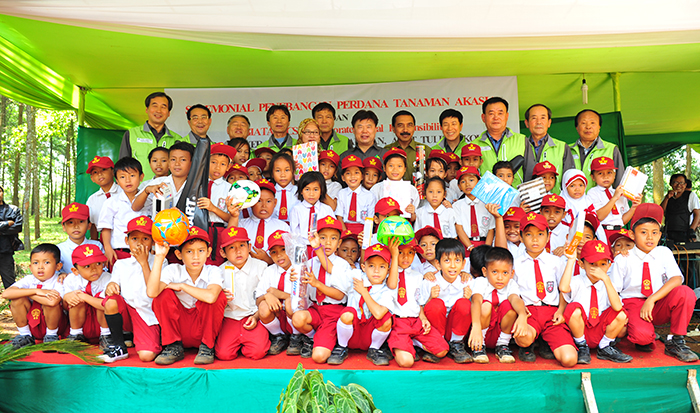
The Korea Forest Service focuses on improving the welfare of local residents who live near the forests on which it works. In this regard, the organization set up a sisterhood relationship with a school near one of the forests it helped to create in Indonesia.
By Yoon Sojung
Korea.net Staff Writer
Photos: Korea Forest Service
arete@korea.kr